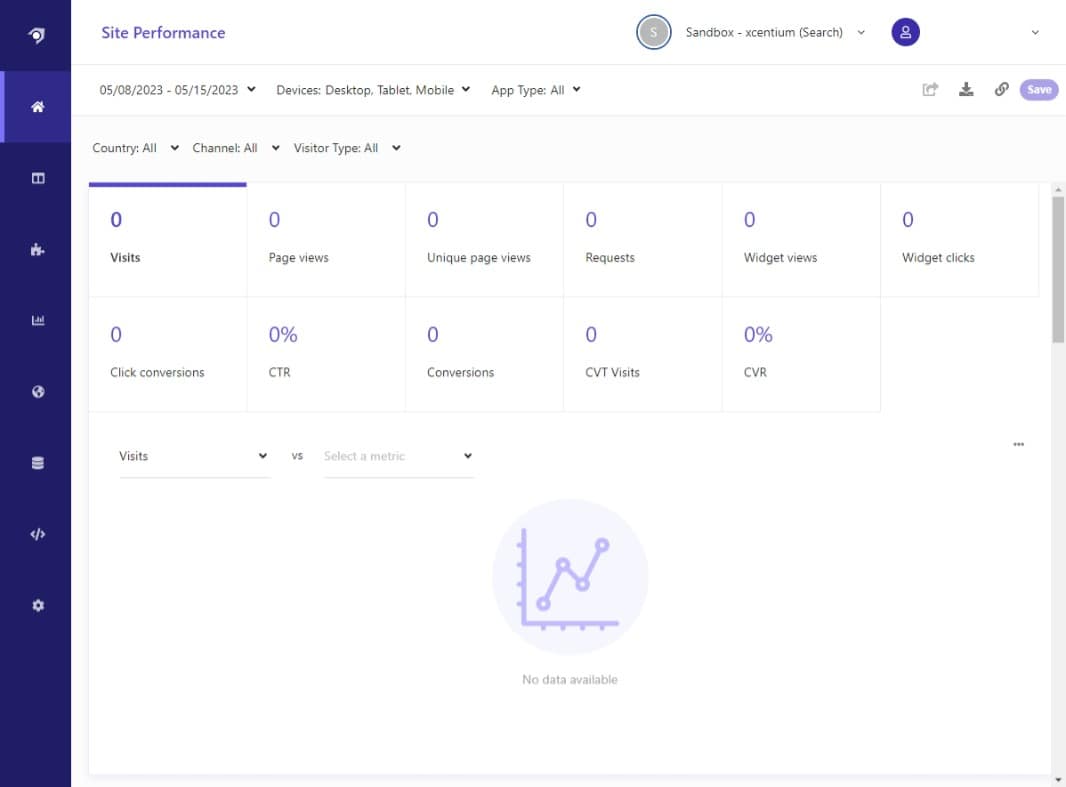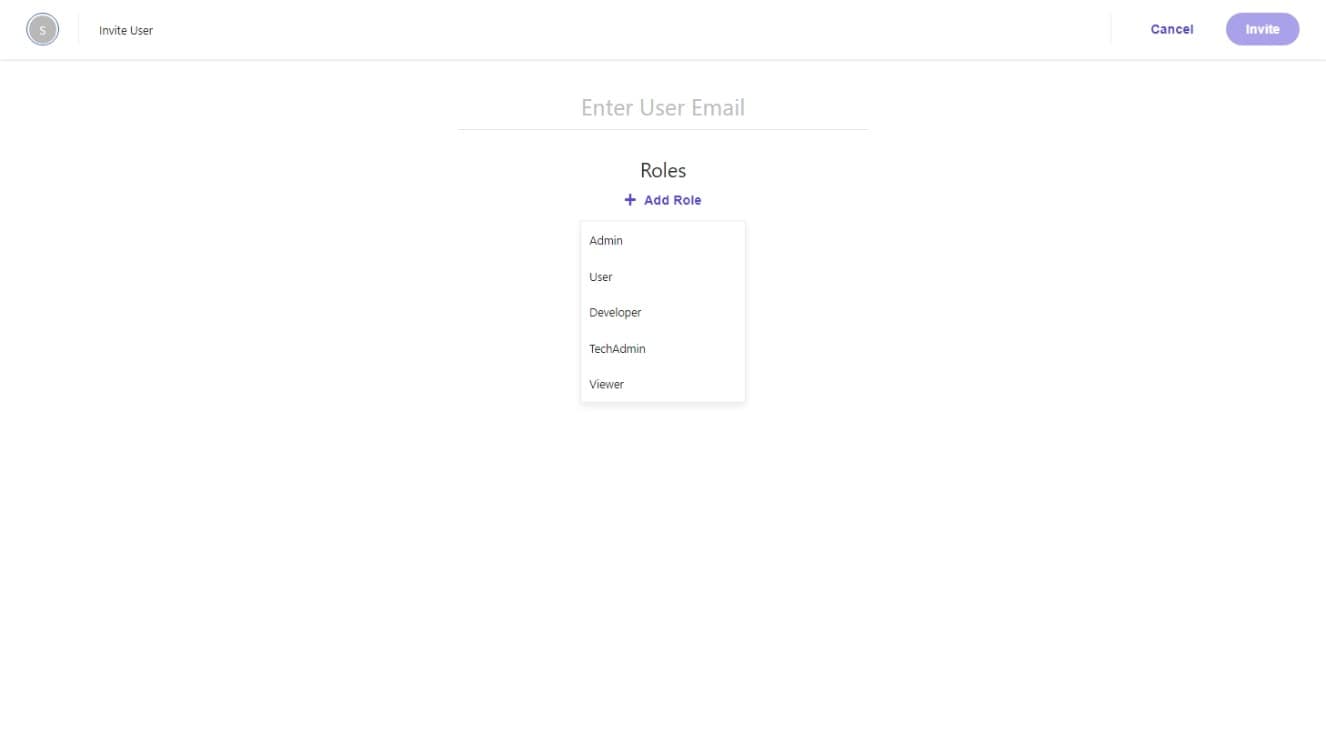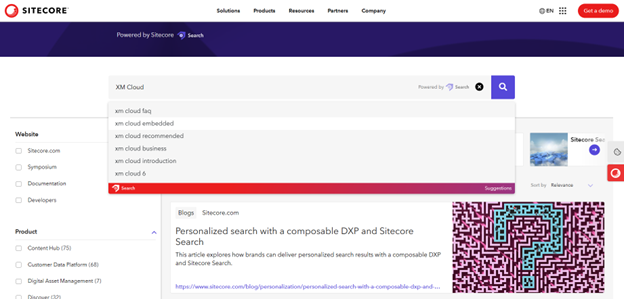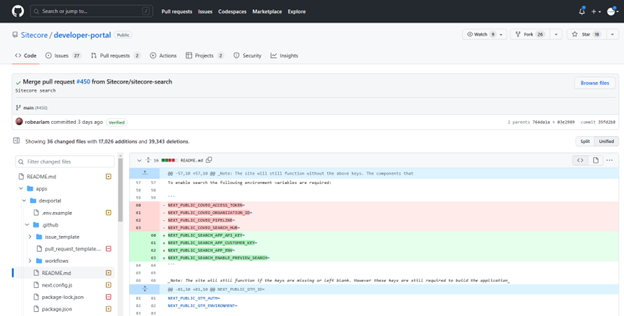What is Sitecore Search?
Sitecore has recently introduced its new search product, built upon the acquisition of Reflektion. This advanced search solution is part of Sitecore s composable roadmap and is an important part of any XM Cloud solution. In this blog series, we provide an overview of Sitecore Search, discuss its features, setting it up, configuring the crawler, performing initial search queries, and provide a glimpse into future posts that will cover front-end implementation, event tracking, the analytics dashboards, and other intriguing quirks and features.
How does Sitecore Search work?
Sitecore Search uses a crawler to gather and index content. It intelligently traverses your website, discovers, and extracts relevant information to create a comprehensive index. There is no need to install any modules in your existing Sitecore solution, as a matter of fact, your website doesn t need to be running Sitecore at all.
Using a robust API, developers can access the search engine's functionality and retrieve search results efficiently.
A standout feature of Sitecore Search is its event-tracking capability. By analyzing user behavior, developers can gain insight into search patterns and popular search terms that can improve the overall search experience by tailoring results to individual users.
Sitecore Search incorporates advanced AI and machine learning to deliver highly accurate and personalized search results. This level of intelligence enables developers to create powerful search experiences that continually improve and adapt to user needs.
Getting started with Sitecore Search
To get started with Sitecore Search, developers need to ensure they have access to the necessary resources. Client accounts are available through normal Sitecore sales channels, and sandboxes can be requested by partners for testing purposes.
Once you have obtained access to an account, you will be able to sign into the Customer Engagement Console (CEC):
 The landing page of the CEC also serves as an analytics overview page
The landing page of the CEC also serves as an analytics overview page
From the CEC, you can then invite other people in your organization to join you:
 Available roles are TechAdmin, Admin, Developer, User, and Viewer
Available roles are TechAdmin, Admin, Developer, User, and Viewer
Sitecore Search Documentation
Although the product is relatively new, Sitecore is actively updating its documentation to provide comprehensive guidance for developers. At the time of writing, the documentation covers features in the CEC that you would need to get started, but it is missing some of the more advanced features.
Sitecore Search - Sitecore Documentation
The documentation also lacks guidance for front-end implementation, for which Sitecore recommends checking out the Sitecore Search implementation on their own website:
Find the most relevant content throughout our site | Sitecore
Update: A developer SDK to assist with implementation is also planned in the near term.

Sitecore.com has their own Sitecore Search implementation for reference
Sitecore also provides a reference implementation on GitHub in the Sitecore Developer Portal:
Open-source repo for the Sitecore Developer Portal

Sitecore has added search examples to the Sitecore Developer Portal
There is also additional documentation for the Events API and the Search and Recommendation API:
Events API for Sitecore Search - Sitecore Documentation
Search and Recommendation API for Sitecore Search (1.0.0) - Sitecore Documentation
Sitecore Search: Customer Engagement Console
In part two of Sitecore Search, we'll look at the main features and review the Customer Engagement Console.

